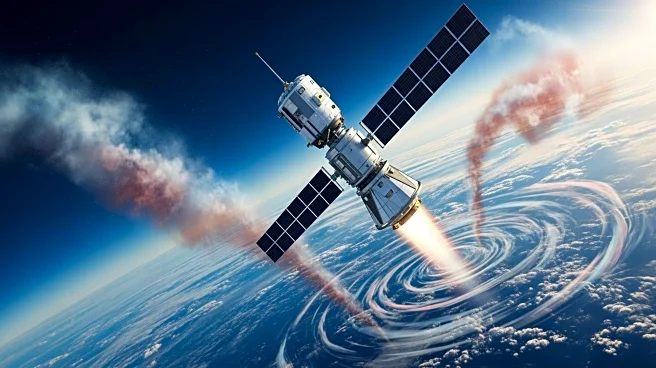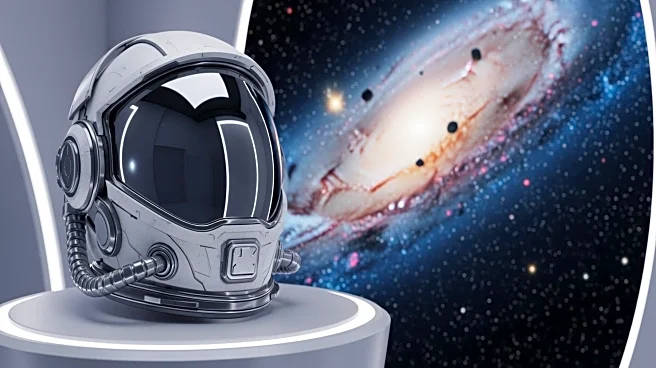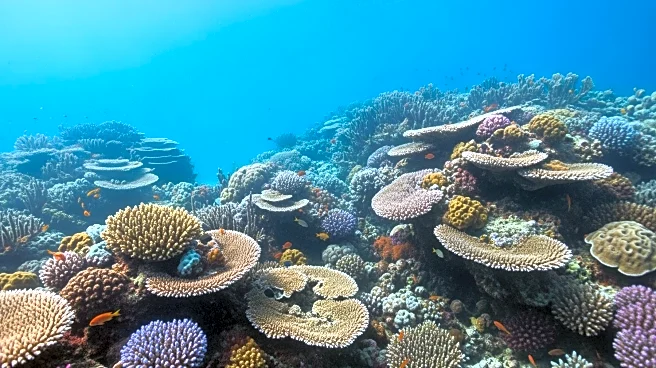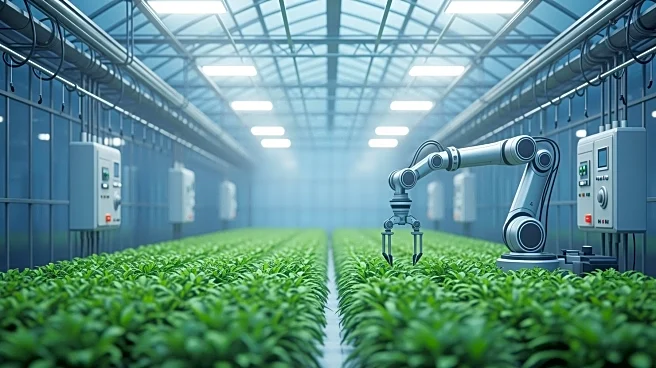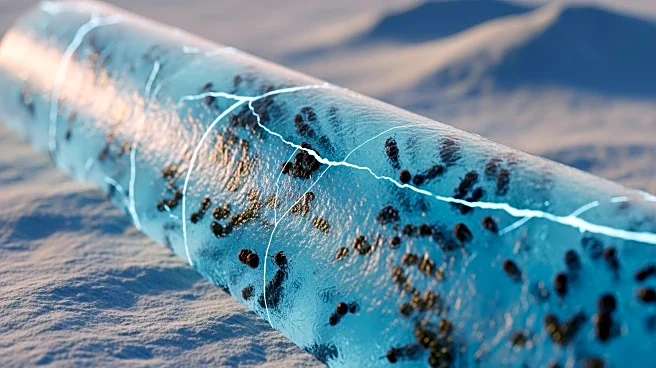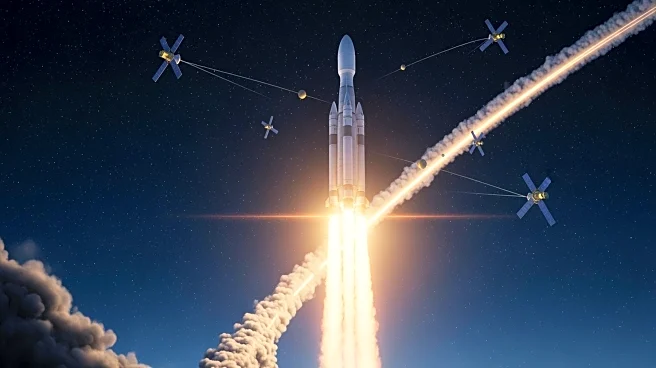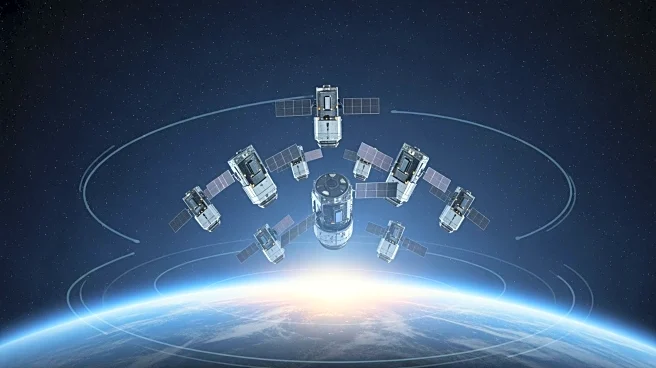What's Happening?
The increasing number of satellites being launched and subsequently de-orbited is raising concerns among scientists about a new form of pollution in the mesosphere. As satellites burn up upon re-entry,
they release clouds of metals, soot, and reactive chemicals, which could potentially damage the ozone layer. This process is likened to a 'mini geoengineering experiment' by atmospheric chemist Eloise Marais. The number of satellites is expected to grow significantly, with estimates suggesting that low Earth orbit could host an additional 70,000 satellites by 2030. The pollution from these satellites, particularly the release of aluminium oxide, is known to deplete ozone and influence atmospheric temperature.
Why It's Important?
The potential impact of satellite pollution is significant, as it could exacerbate climate change by warming the atmosphere and depleting the ozone layer, which protects life on Earth from harmful ultraviolet radiation. The increase in satellite launches, driven by the demand for global internet coverage and other services, could lead to a dramatic rise in atmospheric pollutants. This situation poses a challenge for environmental scientists and policymakers, as the long-term effects of these pollutants are not yet fully understood. The space industry must address these concerns to prevent further environmental damage.
What's Next?
Researchers are working to better understand the composition and effects of satellite pollution. Efforts include laboratory studies to simulate satellite burn-up and computer models to predict the environmental impact. There is also a push towards developing new technologies, such as atmosphere-breathing electric propulsion, to reduce the need for satellite de-orbiting. Additionally, the concept of a circular economy in space, where satellites are serviced and recycled in orbit, is being explored as a potential solution to mitigate pollution.
Beyond the Headlines
The ethical implications of satellite pollution are significant, as the space industry must balance technological advancement with environmental responsibility. The potential for satellite pollution to contribute to climate change and ozone depletion raises questions about the sustainability of current practices. As the industry continues to grow, it will be crucial to develop regulations and technologies that minimize environmental impact while supporting innovation.
